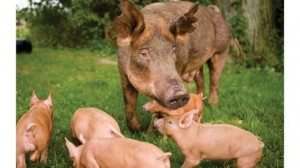Ohio Farm Bureau Foundation at the core of opportunities for growth
Ohio Farm Bureau Foundation supports career development for current members and helps young people find their path in agriculture.
Read MoreMost people would rather spend their time eating crispy, smoky strips of bacon than studying the breed it came from, but when a pig has earned the nickname “the bacon pig,” it deserves a closer look.
Ohio Farm Bureau members Paul and Marilyn Morrison raise this special “bacon” breed called the Tamworth on their 350-acre Darke County farm as show pigs and breeding stock for pork producers throughout Ohio, New York and as far west as Missouri and Arkansas.
“I’ve raised just about every breed of meat pig over the past 20 years,” Morrison said. “What makes Tamworths special is that they grow slowly so they are leaner with just the right amount of belly fat.” That’s what you look for in good bacon: lean, finely grained meat balanced with ribbons of fat running throughout.
The Tamworth originated from central England and was imported to America in the early 1800s. Considered a heritage breed, it is the result of centuries of breeding to preserve unique and desirable genetic traits including ones that help it resist disease and tolerate local environmental conditions.
On Morrison’s farm, 10 hefty Tamworth sows, between 500 and 600 pounds each, keep company with other heritage breeds like Poland Chinas and Herefords, all valued for quality meat production. Morrison and other small-scale producers regard these breeds as hardy and perfectly suited for outdoor production. Morrison routinely crossbreeds Berkshires – another heritage breed, quite fatty and a historical favorite of Britain’s Royal family – with the Tamworth. The result is an animal with superior meat tenderness and palatability.
While Morrison feeds his herd soybeans and corn from his fields, he describes them as excellent foragers. “A hundred years ago, Tamworths lived on wild acorns and berries,” he said. Their wiry, ruddy red coats protected them from the sun and helped them adapt to a variety of weather conditions, and strong, sturdy legs helped them walk long distances to forage for their food. Despite these ideal traits, Tamworths began to fall out of favor with some producers. “They didn’t do well in confinement and put on weight too slowly,” Morrison said.
Morrison points out that the Tamworth is considered a threatened breed, a concern supported by The Livestock Conservancy, a nonprofit organization whose mission is to protect and conserve rare and historic breeds of livestock and poultry. But the swine with a reputation all wrapped up in bacon is making a comeback. The Tamworth Swine Association reports that approximately 2,500 Tamworths exist through the world with the vast majority found in the United States. Many producers are paying renewed attention to the merits of the breed, which include good mothering skills, their ability to be efficient grazers and high meat to bone ratio.
Consumers have also played an important role in the revival of heritage breeds including the Tamworth as they experience the rich genuine flavor of the meat, especially the bacon, which when cooked is lean, distinct and delicious. But then, it’s bacon. What’s not to love?
Marilou Suszko is a food writer from Vermilion. She is the author of Farms and Foods of Ohio: From Garden Gate to Dinner Plate.
We know what bacon should look like when it’s on our plate — browned and crispy with a moist sheen — but if you’ve ever attended a county fair, you know pigs are judged in the ring on looks long before taste. Paul Morrison offered a little guidance on what to look for in bacon when it is still “on the hoof.”
“Fairs are like beauty contests for pigs — it has a lot to do with looks,” said Morrison. “The hog should be lean and heavily muscled and have a solid wide back. That will tell you how much meat it will carry.”
“It should be nice and thick through the shoulders, and its feet should be fairly wide apart,” he added. “The animal should have a balanced shape and walk well, a good indicator of health.”
The ideal weight for Tamworths before they head to the butcher is about 250 pounds, about 70 percent of which will become a finished meat product. The bacon is harvested from the belly of the pig, near the ribs — that’s where the fat (and flavor) is found.
Here are some visual clues to look for when you buy bacon from a producer at a farmers market or in the grocery store: Always look for an equal ratio of meat to fat with the fat intertwined or streaked throughout the strips with no large areas of fat. Then sniff—fresh bacon should have a salty, sweet and smoky campfire aroma. When it comes to choosing thick, thin or medium sliced bacon…well, that’s a lot like love. It’s a personal thing.
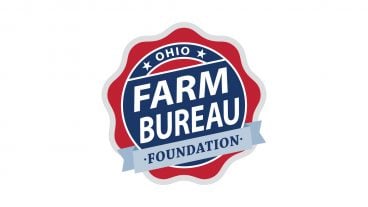
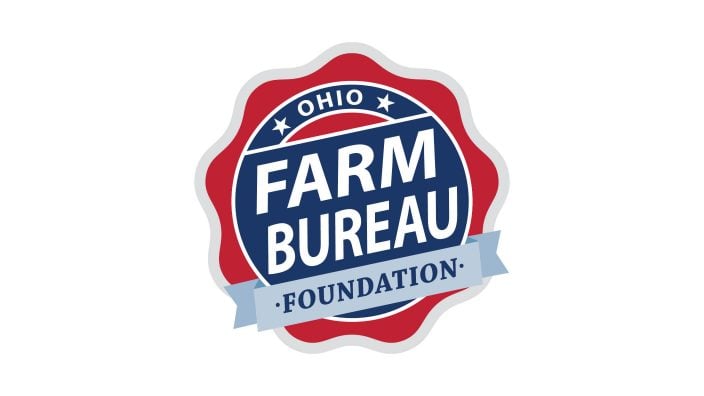
Ohio Farm Bureau Foundation supports career development for current members and helps young people find their path in agriculture.
Read More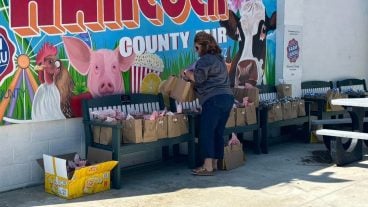

Our grassroots leaders are constantly raising the bar and finding new ways to show up and support their communities. ~ Zippy Duvall
Read More

One of the best decisions Shannon and Heather Utter made a few years ago was looking into a Farm Bureau member benefit that has ended up saving them thousands of dollars on their energy bills.
Read More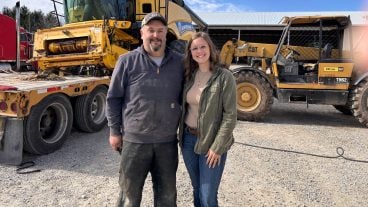
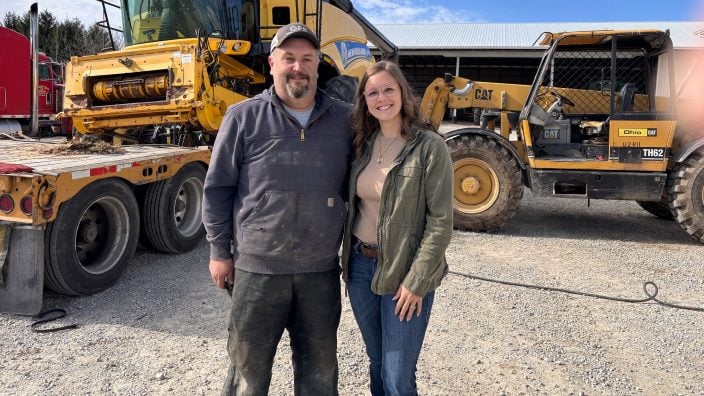
Talking to members is an important way to know what they need and want, and the best way to recruit new members is to just start a conversation with them.
Read More

Know that Ohio Farm Bureau will continue standing with you to build a stronger future for your farm and Ohio agriculture.
Read More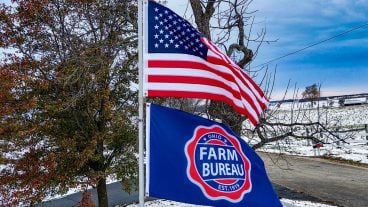

The January/February issue of Our Ohio magazine puts the focus on membership value.
Read More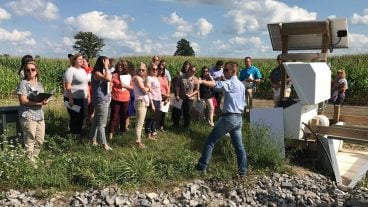
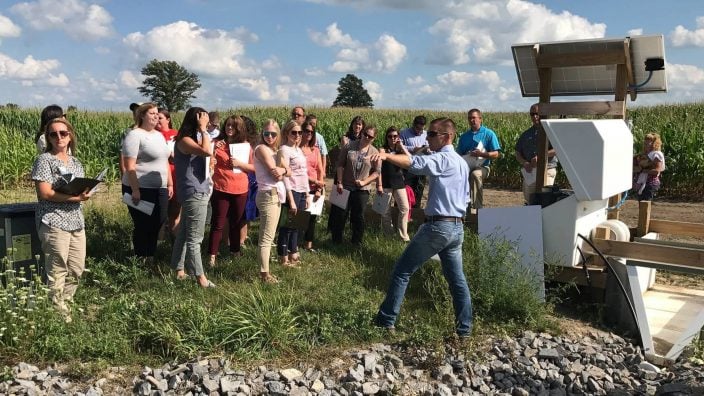
The network was established in fall 2015 on farms in Hardin and Hancock counties. Nearly 200 different tours and events took place on the three farms totaling nearly 4,000 visitors in its 10-year span.
Read More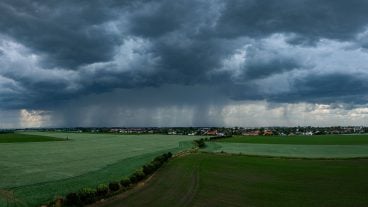

For more information or to sign up for weather alerts, farm policyholders should contact their Nationwide agent or visit ofb.ag/nationwideweatheralert.
Read More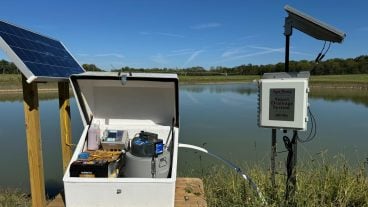
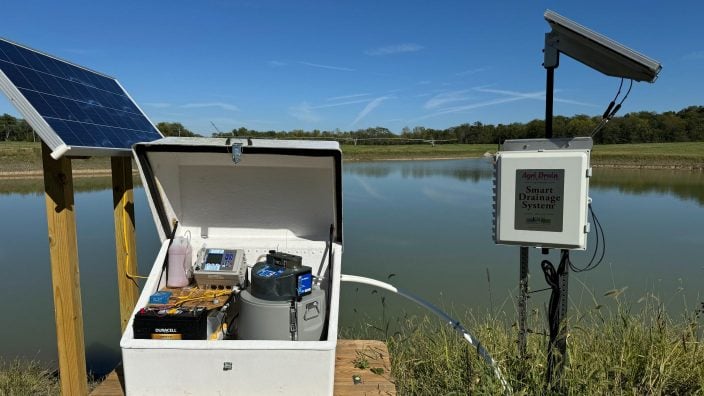
What if farmers could harness the moisture that falls during the winter season and use it when their crops are lacking water during the growing season — all with the touch of a button.
Read More

The weather app that comes preloaded on every smart phone might offer weather predictions, but that impersonal data can’t match…
Read More